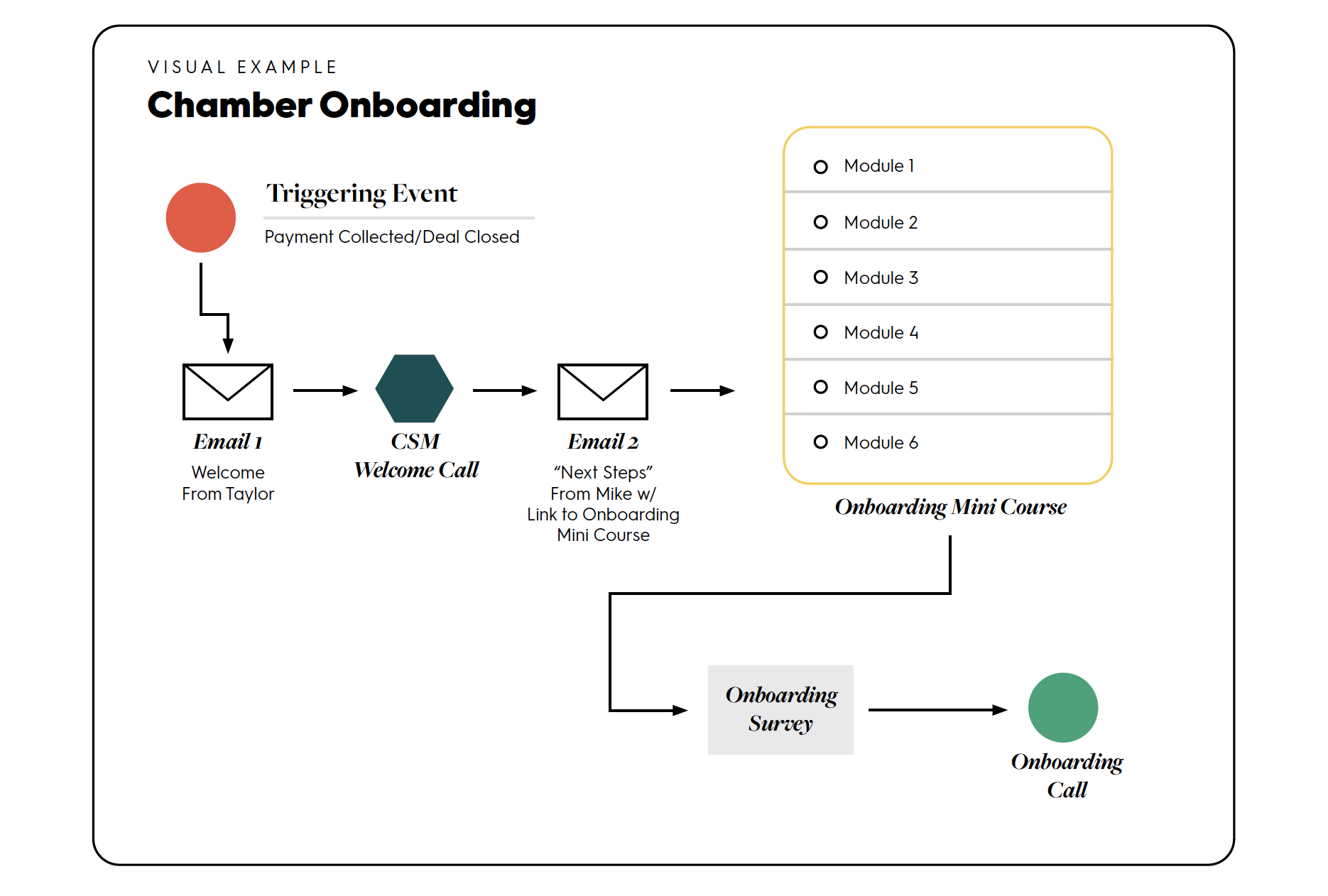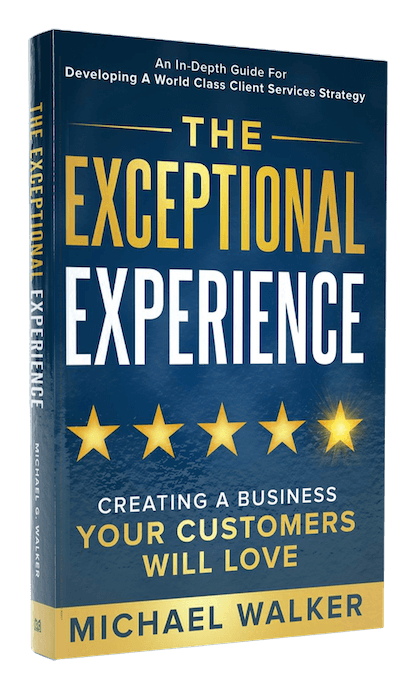Life After the Sale
You’ve successfully closed a brand new client. Adrenaline is high. Excitement is palpable.
For you, it feels as though the most difficult part of the journey is now over.
But the truth is, it is only just beginning.
Psychology shows us that, even if your new client exited the sales process with the utmost confidence in your offer and closed with little to no hesitation, the next 24-48 hours will be a period of excitement – mixed with some anxiety, doubt, and fear.
Closing them is just the first step towards helping them. Not the last. Those critical first few house after the initial “yes” is when you start doing one of the most essential pieces for the future growth of your offer – building trust.
Most entrepreneurs don’t take the time to consciously build their onboarding systems in a way that combats the natural hesitation that those clients will be feeling.
Today, we want to give you some practical tips for making new members of your community feel “at home” with you – and streamline consumption, so they are caught up to speed quickly about what life will look like for them while they are a part of your program.
Time to Value
One of the KPIs that our Client Services team measures is called Time to Value (or TTV). This is a measurement of the time between enrollment into our program, and achievement of their first big “breakthrough” in their business.
We consider a “breakthrough” to be the tipping point moment at which the client receives the solution to their primary problem (the issue which caused them to enroll in the first place). Even if they don’t hit a monetary ROI in that moment, they’ve now gotten the pieces in place to achieve that ROI – the path is laid out before them with absolute clarity. For many, this comes about during their initial strategy call with our leadership (including Mike Walker, our Client Services Director, and Taylor Welch, our CEO).
It’s important to keep in mind that the onboarding process itself is usually not going to be a breakthrough moment – but it sows the seed for the future breakthrough moment. Quick and expedient onboarding that contains clear direction and drives consumption can indirectly accelerate your TTV.

5 Pillars of Onboarding (And How We Handle Them)
Since we know that the onboarding process is essentially the starting line of the race for your client, and that the ultimate goal is to get them extracting value quickly (decreasing TTV), how then should we construct the onboarding sequence?
We build ours around 5 “pillars”:
- Seamless handover (between Sales and Client Services)
- Clear client goals
- Well-defined, frictionless process
- Clear communication
- Emphasis on Time to Value
Let’s quickly break our onboarding process down (based on the diagram above).
- The moment Sales closes the deal with a new client, an automation is triggered that sends out the welcome email from Taylor. The purpose of this email is to build excitement and anticipation for the onboarding process.
- Our Client Services Manager personally calls the new client (and yes, we do this with EVERY client) and welcomes them. They then tell the client what to expect over the next few hours and makes sure that they are receiving access to all of the pieces of our community that they are entitled to.
- The second email is designed to hit their inbox after their welcome call. It comes from our Client Services Director, Mike Walker, and it outlines next steps they should take, and introduces them to our next big piece – the mini course.
- We enroll each new client into an onboarding mini course, which helps them navigate our curriculum, introduce them to the key players in their journey, and teaches them what do when they hit certain common stumbling blocks. This does two things – encourages consumption right out of the gate, and gives the client a sense of clarity.
- Once they complete the onboarding course, they are given a survey to complete that tells us how they felt about the process, and gives us a chance to see where we can make improvements.
- Finally, we get them on their onboarding call.
One of our key goals during all of this is to identify and establish a clear “first target” or goal for each client.
Without this, we lose the ability to actually measure TTV, and it leaves room for the client to get confused about what exactly they’re receiving from us. And, if the client doesn’t feel that they are receiving the value that they paid for, that is when they start exploring alternatives.
A Few Final Notes on Onboarding Calls
Our onboarding calls have sort of become famous within our communities. This is often the first time that our clients get a chance to talk directly to Taylor and our leaders, tell them what they feel is creating friction or struggles in their business and get practical insights into what comes next.
As we wrap up, we want to share some practical insights for how to handle this call, and make it momentous for your clients:
- As probing (sometimes difficult) questions, and really listen to your client’s answers. Get an idea of what they think they’re trying to accomplish, and what they are actually trying to accomplish (these are not always the same).
- Identify and point out the potential potholes to them accomplishing what they want to accomplish. Be as clear and as honest as possible.
- Determine quickly whether this client requires “high touch” or “low touch” cadence. Are they self-motivated, and quick to adapt and implement? Then they’re probably “low touch” – you won’t need to hound them about progress to make sure they are pursuing their goals. Are they more slow, methodical, detail oriented, and (for lack of a better word) anxious? Then they’re likely a “high touch” client – you’ll need regular follow-up for yourself or your team to make sure that they are maintaining a sense of continuous progress.
- Do everything in your power to get a full sense of the “scope” of your client’s vision for the future, and educate yourself on the unique issues they face in their industry so that you can best serve them.
We’ve covered a lot of ground in this article, but the bottom line is actually quite simple.
Be empathetic toward where your client is at, and think ahead to identify sources of frustration, uncertainty, and negative emotions that might derail them.
They’re clients who are paying you money, yes. But they are also people. People who need the help you provide! Care and consideration go a long way in shaping an exceptional customer journey.

Learn Even More About Client Services for Just 99¢
Our book, The Exceptional Experience, is available now for just 99¢ on Amazon! Inside, our Client Services Director, Mike Walker, outlines his considerable knowledge about how to build simple, scalable, client fulfillment systems. And you can grab it now for less than the cost of a cup of coffee!

